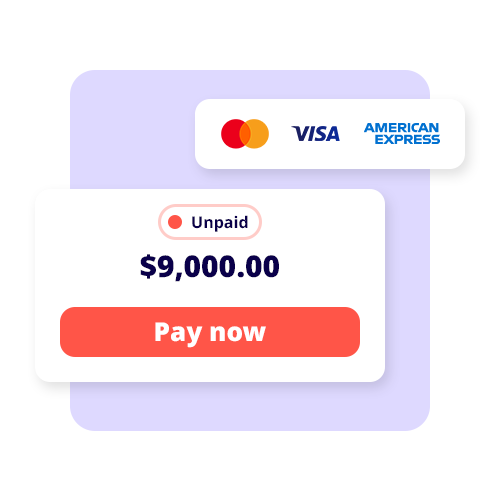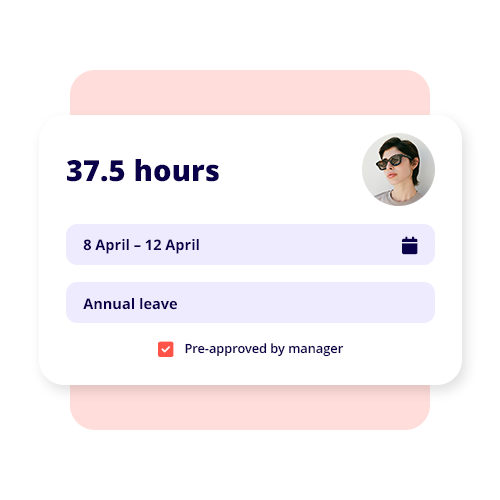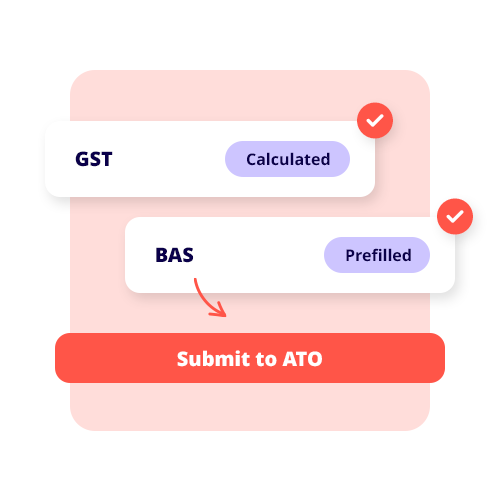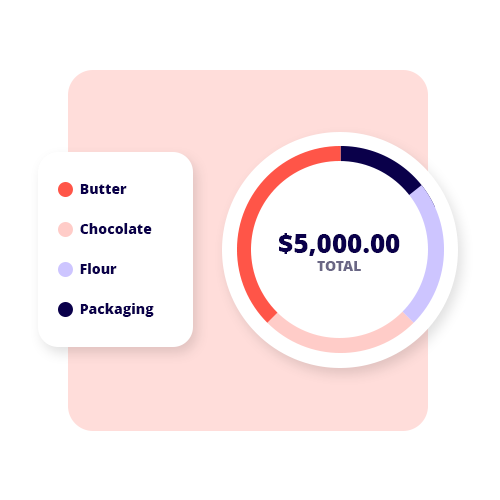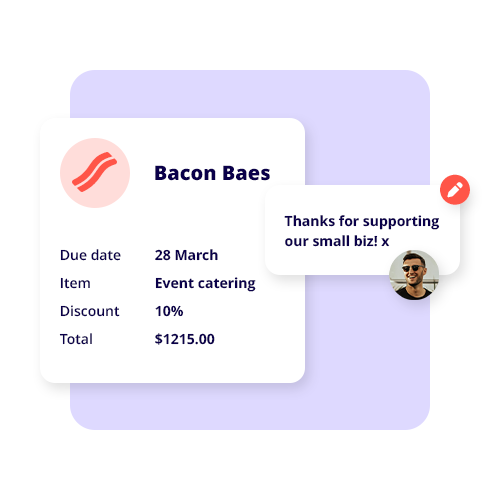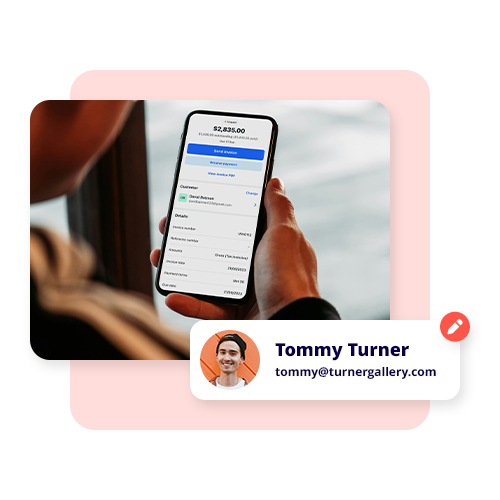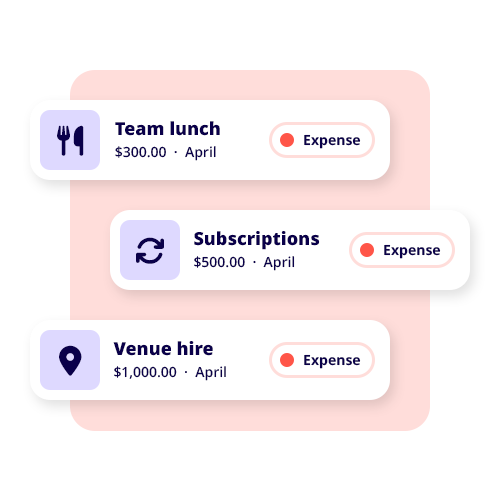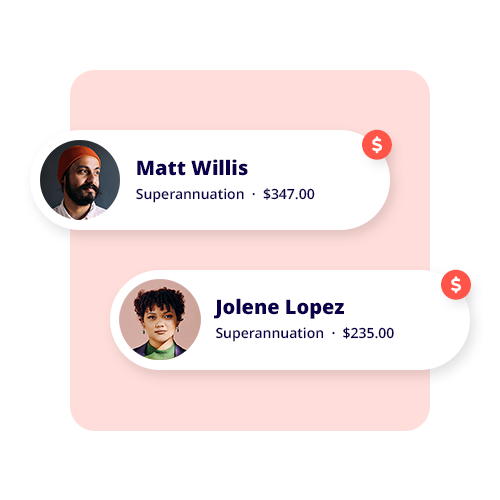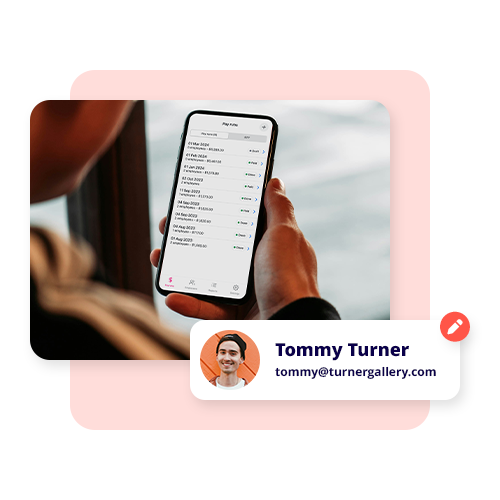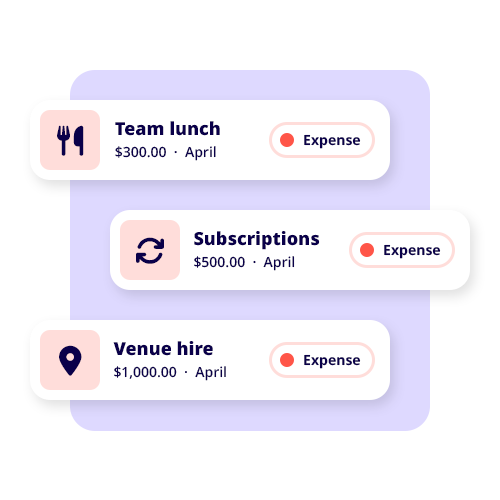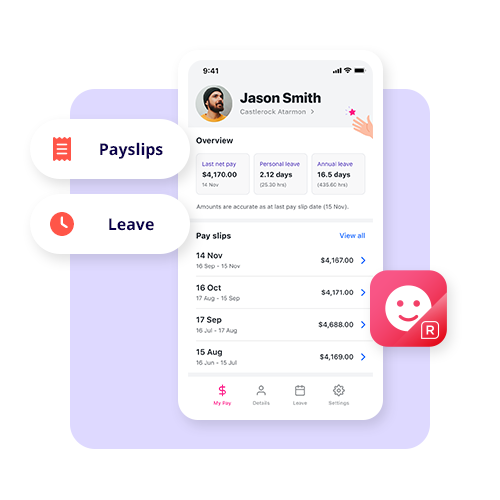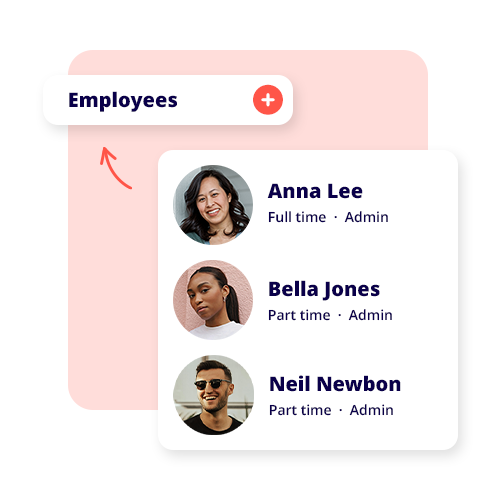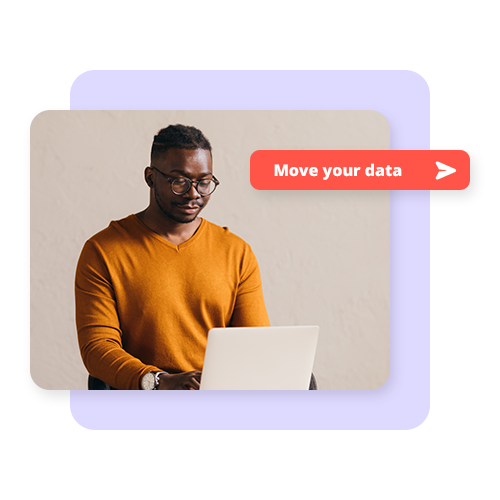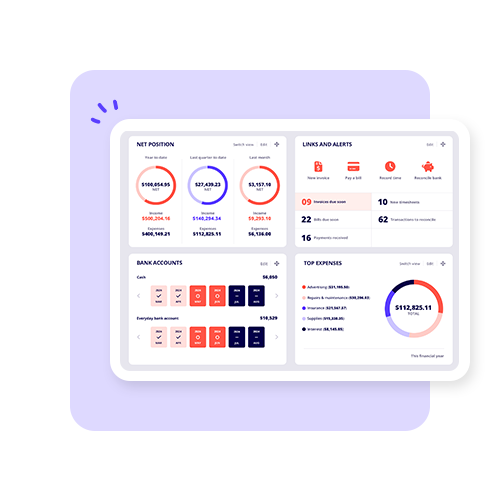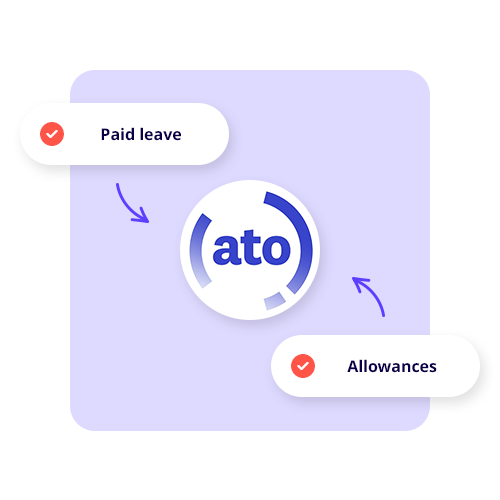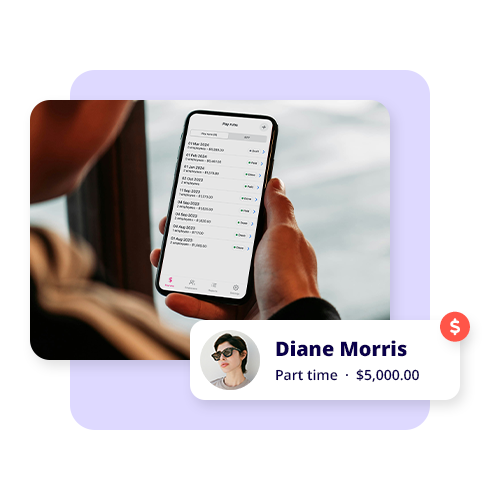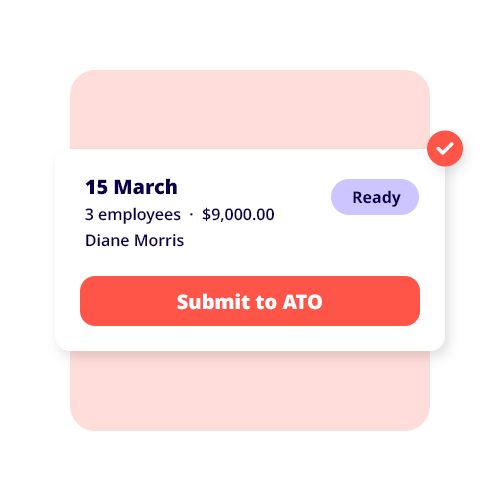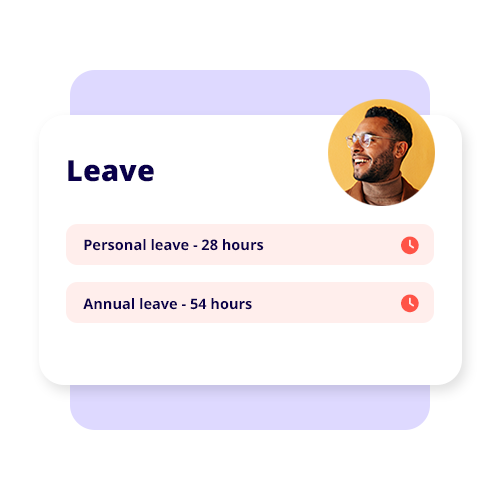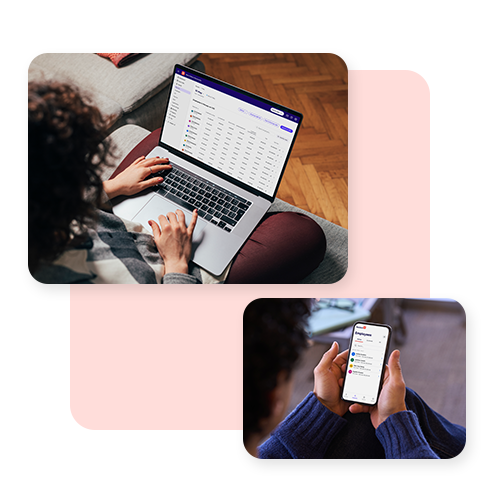Whether you are starting a new venture as a sole trader or have an established sole trader business, it is essential to be able to invoice effectively. By invoicing customers and clients correctly, you can increase your cash flow and maintain a profitable business.
Let’s look into how to invoice as a sole trader.
Why is it essential to invoice correctly?
Invoicing correctly is essential for every business, not just sole traders. With a proper invoicing procedure and sole trader invoice template, your business will benefit from:
- Having a professional document that represents the brand of your business.
- A payment reference for your record-keeping and accounting software.
- Increase the likelihood of prompt payments and get paid faster.
What information should be included in a sole trader invoice?
Any professional invoice or tax invoice will have the following for sole traders:
- The words ‘tax invoice’
- Business name
- Contact details
- Date
- Customer/client’s details
- Australian Business Number (ABN)
- Invoice number
- Reference
- Due date
- Services sold or services provided
- Quantity
- GST amount (if applicable)
- Total amount
- Payment terms
- Payment options
These details are essential to have as part of your invoice. It is also important to note that you must be GST-registered if you collect and charge GST on your goods or services.
Tips on how to get paid faster with your sole trader invoice
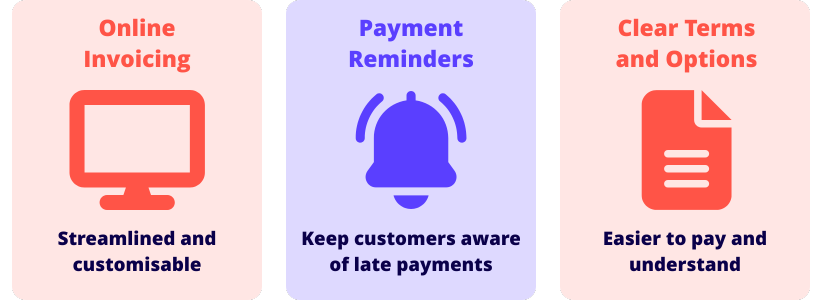
Getting started as a sole trader can be difficult as you wait for money to come in, and jobs can be few and far between. To maximise your invoicing, these tips can help you get paid faster and improve your cash flow.
Use online invoicing
Online invoicing and accounting software can streamline your business, giving you a one-stop shop for your finances and operations. Using software provides a standard for your business procedures and allows instant invoicing, professionalism, and accessibility that offline bookkeeping doesn’t.
You’ll find that all online invoicing platforms provide a template that you can use, giving you endless customisation to tailor your invoices exactly how you want them. Software also scales well as you grow your business. Depending on what package you need, you can find something that works for you.
Payment reminders
Having a dedicated payment reminder for your invoices can increase the odds of prompt payment. One of the biggest challenges businesses face is the loss of revenue from late payments. Since cash flow is a significant part of continuing operations, you can’t afford late payments; therefore, you need a system that encourages customers to pay faster.
Your accounting software should have automated reminders built into your invoicing, but a good rule of thumb for reminders is:
- Send reminders one week before the invoice is due, and then again on the due date.
- For overdue invoices, send staggered messaging: 3-5 days overdue, 7-10 days overdue, 14 days overdue and then 30, 60, and 90 days overdue.
Clear payment terms and options
Having clear payment terms and options eliminates any confusion when invoicing. If they don’t understand what they owe and how to pay, your clients and customers won’t be able to readily pay for your goods and services, leaving you out of pocket.
Instead, make it easy to pay your invoices by doing the following:
- Write payment terms in easily understandable language. Avoid complicated messaging and stick to the basics: here is what you’re paying for, and why you need to pay for it.
- Make payment options easy to find on your invoice. If using account and BSB options, ensure that payment details are not in the fine print; instead, have a dedicated area on the invoice that is easily accessible.
Another option is to have pay now links included in your invoicing software. By adding this as part of your invoicing, you will find people paying off your emails much quicker.
Bottom line
As a sole trader, getting paid is essential, and part of that is getting your invoicing right. By invoicing correctly, you reduce the chance of late payments and increase your cash flow.
To stay ahead, ensure that you have clear payment terms and regular reminders for overdue and late payments. Utilise invoicing software whenever possible to reduce paper usage and increase efficiency. If using accounting software isn’t exactly the stage your business is at, consider using our sole trader invoice template.























